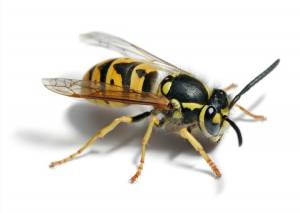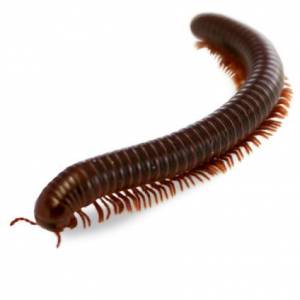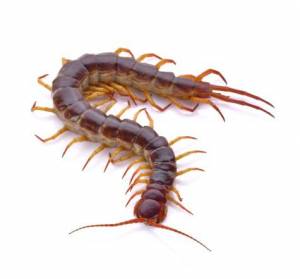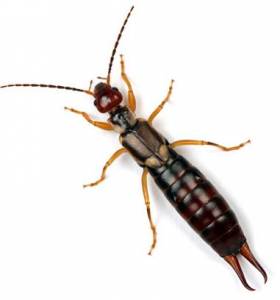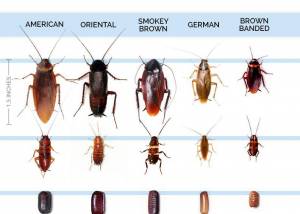I am JJ McCool, president and owner of Wildlife Solutions, Inc. My staff and I are excited to announce our expansion into insect pest control with the introduction of WSI PEST MANAGEMENT.
You can expect the same high level of customer service and local feel that we strive to make our hallmark. Leading the charge to make WSI PEST MANAGEMENT your local pest control choice is the latest addition to our crew, Fred Pierce. Fred is a fourth generation Baldwin county native with over a decade of experience as a professional pest control operator.
If you are tired of the “1-800” nationwide outfits and speaking to someone not even in the same state or possibly the country, then make the switch to someone that knows 181 and 27 are the same road. Give Fred a call or text to set up a free consultation and quote to put an end to all your pesky insect problems.

